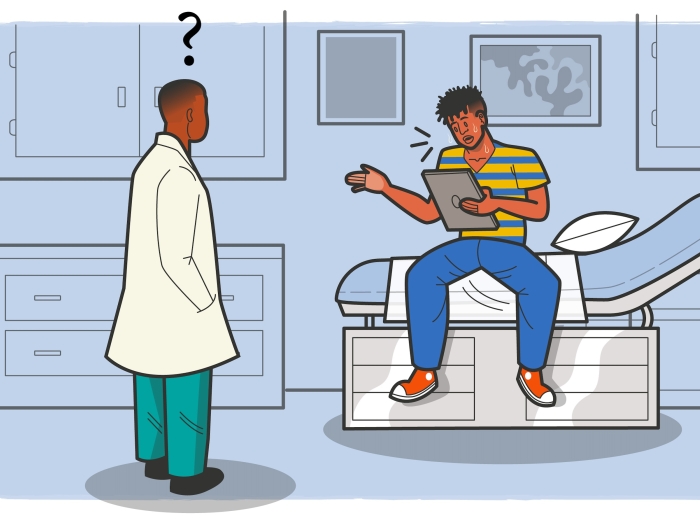Hello there! As I make my first post, I want to confess a bias. Before medical school, I was an actor and acting teacher. So I tend to focus on the human aspects of medicine because they seem the most interesting, funny, quirky or poignant to me.
With that said, let's get straight to the point . . what is third year really like? Here are a few early thoughts:
Third year is like finally driving after watching someone at the wheel for two years, exhilarating yet terrifying. There is this crazy tension between knowing something and knowing nothing. And so, crashing is easy. But if you take a chance, there is something about trying to turn the corner on a patient and then seeing her improve, or at least feel cared for, that makes this wild ride worth it.
Third year is like walking into a party of strangers. You wonder what these people will be like? What is the code? What is the tone? Instant assessment and response is a skill that is constantly being tested. As the discomfort of unfamiliarity eases, now you actually meet people at this "party." And this is where the analogy seems to fall short. Aren't parties fun, but superficial? How deep a conversation can you have over music blaring at insane decibel levels? And yet, in medicine, the same challenge exists, except that the noise is not music, but the "noise" of the tests and technology we use to determine patient status. This technology has, of course, been life saving; but the beeps of the monitors, the clanging of the MRI, our own voices musing over the meaning of the latest lab values can drown out the one voice you need to hear, the patient.
Finding this space is hard sometimes because third year can pull you in different directions. You're on a consult service and your resident expects you to find the patient, take a history and physical come up with a plan all within a specific time limit. It's tempting to go through the motions to hit that timing target. But consistently I have found that my presentations and learning always went better if I turned the "music" down, took my eye off the clock (at least for a little while) and just got to know my patient. Funny stories don't make it to the chart. Deep fears or hopes are often untranscribed. Key health clues are often hidden under several layers of "life." But all of these things can be captured on a "virtual chart", created in real time, through the simple act of a real conversation.
This is third year.

Department of Communication at Michigan Medicine
Want top health & research news weekly? Sign up for Health Lab’s newsletters today!





